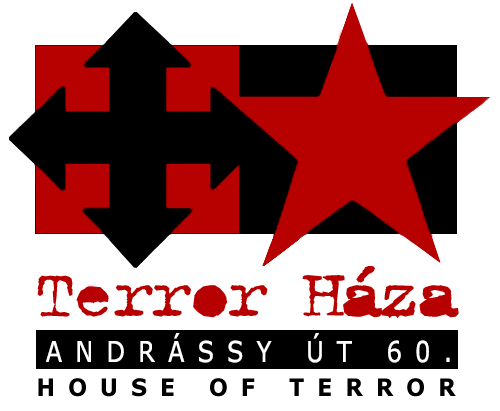The hall conjures up Soviet forced-labour and slave camps. Camp centres, where Hungarians languished, are specially marked on the carpet-map. The monitors show reminiscences, contemporary photographs, as well as pictures of the desolate, inhospitable Russian and Siberian countryside. The display cases contain relics, the original paraphernalia used by the detainees.
“Work in the Soviet Union is a matter of honour, a matter of glory, a matter of valour and heroism!”
Inscription over Soviet camp gates
The victorious Soviet Union’s Red Army saw people it had rounded up from the populations of the countries it had occupied as spoils of war, and as a cheap source of labour; it therefore forcibly transported them to the Soviet Union to work as slaves. More than 700,000 prisoners of war and civilians from Hungary were rounded up and deported to forced labour camps. An endless succession of cattle wagons headed east, with about half of those transported never returning home. The prisoners and forced labourers were literally worked to death. Harsh living conditions, extreme weather, constant hunger and disease led to some camps emptying almost completely, with corpses often left unburied. Around 300,000 Hungarian citizens fell victim to this form of mass murder. For decades, those who were lucky enough to see their homeland again were not allowed to talk about their suffering. András Toma, the last prisoner to return after being held captive by the Soviets, came back to Hungary at the age of 74, in 2000!










